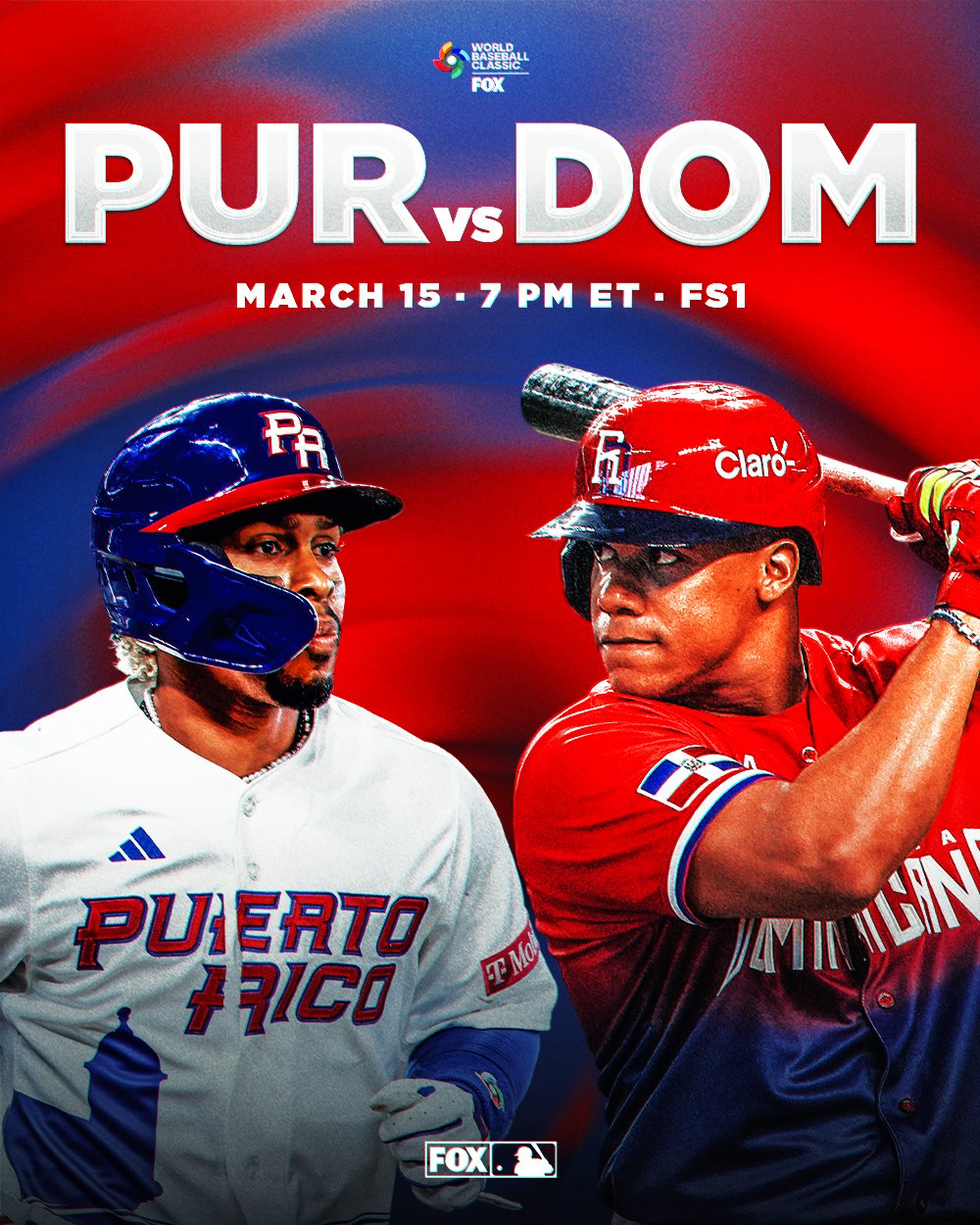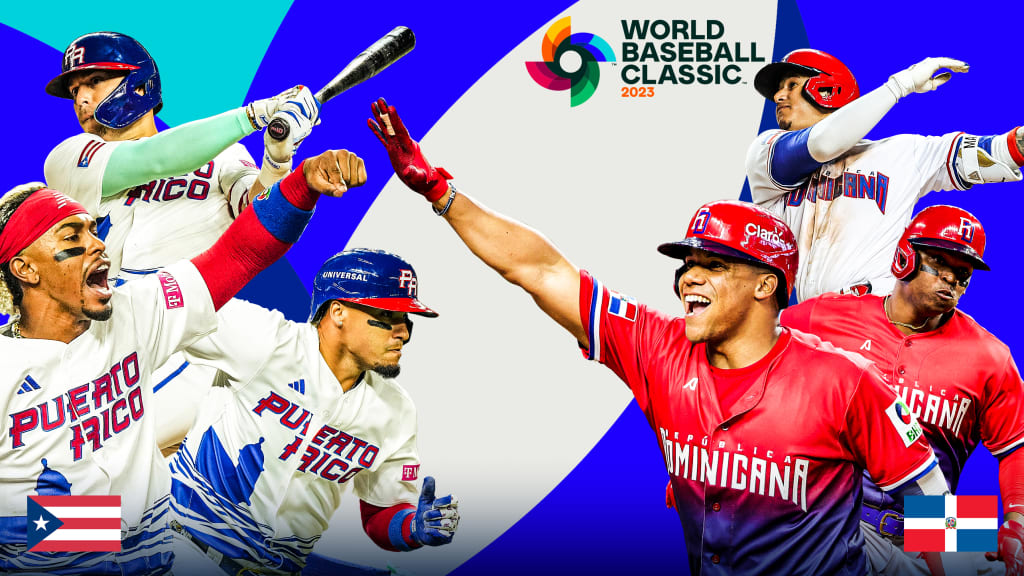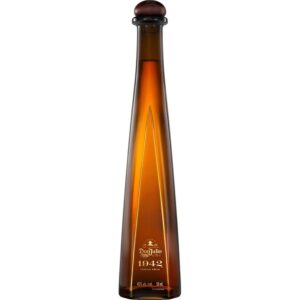Puerto Rico and the Dominican Republic are Caribbean islands with rich cultures, beautiful landscapes, and vibrant economies. They offer unique travel experiences and historical significance.
Puerto Rico, a U. S. Territory, boasts a blend of American and Spanish influences. Its capital, San Juan, features colorful colonial architecture and historic forts. The island offers diverse attractions, from El Yunque Rainforest to stunning beaches. The Dominican Republic, the Caribbean’s second-largest nation, is known for its all-inclusive resorts, lush mountains, and pristine coastlines.
Santo Domingo, its capital, is home to the first European settlement in the Americas. Both destinations provide rich cultural experiences, delicious cuisine, and lively music scenes, making them popular choices for travelers seeking diverse adventures.
1. Geography
Puerto Rico and the Dominican Republic are both Caribbean gems, each boasting unique geographical features. This section delves into the geographical landscapes, climates, and natural wonders of these two beautiful islands.
1.1 Puerto Rico
Puerto Rico is an island located in the northeastern Caribbean Sea. It is a part of the Greater Antilles. The island is approximately 100 miles long and 35 miles wide, making it compact but diverse in its landscapes.
Key geographical features include:
- El Yunque National Forest: The only tropical rainforest in the U.S. National Forest System.
- Karst Region: Characterized by limestone hills and caves, offering stunning natural formations.
- Bioluminescent Bays: Notable ones are Mosquito Bay in Vieques and Laguna Grande in Fajardo.
- Beaches: Over 270 miles of coastline with both white and black sand beaches.
The climate in Puerto Rico is tropical. It has an average temperature of around 80°F (27°C) year-round. The island has a diverse ecosystem, from rainforests to dry forests, coastal marine areas, and mountainous regions.
| Feature | Description |
|---|---|
| Size | 100 miles long and 35 miles wide |
| Climate | Tropical, average temperature of 80°F |
| Notable Areas | El Yunque, Karst Region, Bioluminescent Bays |
1.2 Dominican Republic
The Dominican Republic occupies the eastern two-thirds of the island of Hispaniola, shared with Haiti. It is the second-largest Caribbean nation, covering approximately 18,704 square miles.
Key geographical features include:
- Pico Duarte: The highest peak in the Caribbean, standing at 10,164 feet.
- Lake Enriquillo: The largest lake and the lowest point in the Caribbean.
- Beaches: Over 800 miles of coastline with famous beaches like Punta Cana and Samaná.
- Valleys and Plains: Fertile regions like the Cibao Valley, known for agriculture.
The Dominican Republic has a tropical climate, with average temperatures ranging from 77°F (25°C) to 82°F (28°C). The country features a variety of ecosystems, including rainforests, savannas, and mangroves.
| Feature | Description |
|---|---|
| Size | 18,704 square miles |
| Climate | Tropical, average temperature of 77°F to 82°F |
| Notable Areas | Pico Duarte, Lake Enriquillo, Cibao Valley |
2. Culture
When comparing Puerto Rico and the Dominican Republic, one aspect that stands out is their vibrant culture. Both islands have unique cultural identities shaped by their history, music, dance, and traditions. Let’s delve into the rich cultural tapestry of these two Caribbean paradises.
2.1 Puerto Rico
Puerto Rico’s culture is a colorful blend of Spanish, African, and Taíno influences. Music is a cornerstone of Puerto Rican life. The island is the birthplace of salsa, reggaeton, and bomba. These genres have gained international fame, making Puerto Rico a musical powerhouse.
Festivals and celebrations are also vital to Puerto Rican culture. The San Sebastián Street Festival is a must-see event. It features parades, music, and traditional dances. The island’s festivals are a feast for the senses, showcasing Puerto Rican pride and joy.
Cuisine in Puerto Rico is a delightful fusion of flavors. Dishes like mofongo and arroz con gandules are local favorites. These dishes reflect the island’s diverse heritage and love for hearty, flavorful food.
- Mofongo: Mashed plantains with garlic and pork cracklings.
- Arroz con Gandules: Rice with pigeon peas, a holiday staple.
| Aspect | Details |
|---|---|
| Music | Salsa, Reggaeton, Bomba |
| Festivals | San Sebastián Street Festival |
| Cuisine | Mofongo, Arroz con Gandules |
Art and literature also play significant roles. Puerto Rican artists and writers have made substantial contributions to the cultural landscape. The island’s museums and galleries are treasure troves of creativity.
2.2 Dominican Republic
The Dominican Republic boasts a lively culture influenced by Spanish, African, and Taíno roots. Merengue and bachata are the heartbeats of Dominican music. These genres are globally celebrated and bring people together in dance and celebration.
Festivals are integral to Dominican life. The Carnival of La Vega is one of the most famous. It features colorful costumes, masks, and lively parades. These festivals reflect the Dominican Republic’s exuberance and cultural richness.
Dominican cuisine is a flavorful journey. Staple dishes like sancocho and mangu are beloved by locals and visitors alike. The food reflects the island’s diverse influences and culinary creativity.
- Sancocho: A hearty stew with meat, vegetables, and spices.
- Mangu: Mashed plantains served with onions and cheese.
| Aspect | Details |
|---|---|
| Music | Merengue, Bachata |
| Festivals | Carnival of La Vega |
| Cuisine | Sancocho, Mangu |
Art and sports are also vital. Dominican artists and athletes have made significant marks on the world stage. The island’s galleries and sports events are testaments to its vibrant cultural life.
3. Language
Puerto Rico and the Dominican Republic are both beautiful Caribbean destinations. Many people wonder about their differences. One key difference is the language. Let’s explore how language varies between these two islands.
3.1 Puerto Rico
In Puerto Rico, the main language is Spanish. Almost everyone speaks Spanish fluently. Spanish is used in schools, businesses, and everyday conversations. But Puerto Rico is also a part of the United States. This means many people speak English too.
Here are some important points about language in Puerto Rico:
- Spanish is the primary language.
- English is widely spoken and understood.
- Signs and official documents are often in both languages.
This bilingual nature makes it easy for English-speaking tourists to navigate. Many Puerto Ricans are comfortable switching between Spanish and English. This helps in schools, businesses, and travel.
Let’s see a quick comparison:
| Language | Usage |
|---|---|
| Spanish | Primary language, used in daily life. |
| English | Secondary language, widely understood. |
3.2 Dominican Republic
In the Dominican Republic, Spanish is also the main language. Almost everyone speaks Spanish here as well. Spanish is used in all aspects of life, from schools to markets.
Some key points about language in the Dominican Republic:
- Spanish is the official and primary language.
- English is not as commonly spoken as in Puerto Rico.
- Tourist areas may have more English speakers.
English is often spoken in tourist areas. But most locals prefer speaking Spanish. This means tourists might need to know some basic Spanish phrases. English speakers in the Dominican Republic are often found in hotels, resorts, and tourist attractions.
Here’s a comparison table:
| Language | Usage |
|---|---|
| Spanish | Primary language, used everywhere. |
| English | Mostly in tourist areas. |

Credit: twitter.com
4. History
Exploring the history of Puerto Rico and the Dominican Republic offers a window into rich cultures and significant events. Both islands, nestled in the Caribbean Sea, have unique pasts shaped by indigenous roots, colonial influences, and their fight for independence. Understanding their histories can enhance your travel experience and deepen your appreciation of their cultures.
4.1 Puerto Rico
Puerto Rico’s history is a tapestry of indigenous Taíno culture, Spanish colonization, and American influence. The Taíno people, the island’s original inhabitants, called it “Borikén.” In 1493, Christopher Columbus claimed Puerto Rico for Spain. This marked the beginning of over 400 years of Spanish rule.
Key historical events in Puerto Rico include:
- 1508: Juan Ponce de León founded Caparra, the first Spanish settlement.
- 1898: The Treaty of Paris ended the Spanish-American War, and Puerto Rico became a U.S. territory.
- 1917: Puerto Ricans gained U.S. citizenship with the Jones-Shafroth Act.
- 1952: Puerto Rico became a commonwealth, adopting its own constitution.
Throughout these periods, Puerto Rico has maintained a unique cultural identity, blending Taíno, African, and Spanish influences. The island’s historical landmarks, such as the El Morro fortress and San Juan’s Old Town, reflect this rich heritage.
| Period | Events |
|---|---|
| Pre-Columbian | Taíno culture flourished |
| Spanish Rule | Colonization, founding of San Juan |
| American Era | U.S. territory, commonwealth status |
4.2 Dominican Republic
The Dominican Republic shares the island of Hispaniola with Haiti. Its history is marked by a struggle for independence and a rich cultural evolution. The Taíno people originally inhabited the island. In 1492, Christopher Columbus arrived, and the Spanish established the first permanent European settlement in the Americas, Santo Domingo.
Significant historical milestones include:
- 1496: Santo Domingo was founded, becoming the oldest continuously inhabited European settlement in the Americas.
- 1821: The Dominican Republic declared independence from Spain but was soon annexed by Haiti.
- 1844: The Dominican Republic gained independence from Haiti.
- 1865: The country restored its independence after a brief period of Spanish recolonization.
The Dominican Republic’s history also includes periods of political instability and U.S. occupation. Despite these challenges, the nation has developed a vibrant culture, influenced by African, Taíno, and Spanish traditions.
| Period | Events |
|---|---|
| Pre-Columbian | Taíno culture thrived |
| Colonial Era | Spanish settlement, founding of Santo Domingo |
| Independence | Struggles and gains independence |
5. Economy
Puerto Rico and the Dominican Republic are two beautiful Caribbean destinations with unique cultures and histories. An essential factor to consider when comparing these two islands is their economies. Both islands have distinct economic strengths and challenges, impacting their residents and visitors alike.
5.1 Puerto Rico
Puerto Rico’s economy is diverse and complex. Being a territory of the United States, it benefits from certain federal funds and support. This relationship provides some economic stability.
Puerto Rico has a well-developed manufacturing sector, focusing on pharmaceuticals, electronics, and textiles. Manufacturing contributes significantly to the island’s GDP. Here are some key points about Puerto Rico’s economy:
- Tourism: A vital industry, with millions of visitors each year.
- Agriculture: Coffee, sugar cane, and tropical fruits are major products.
- Services: Finance, insurance, real estate, and healthcare are critical sectors.
Puerto Rico faces economic challenges, including a significant public debt. The government has been working on reforms to address these issues.
| Sector | Contribution to GDP |
|---|---|
| Manufacturing | 47% |
| Services | 39% |
| Agriculture | 1% |
5.2 Dominican Republic
The Dominican Republic’s economy is one of the fastest-growing in the Caribbean. It boasts a dynamic and diverse economy with robust sectors.
Agriculture, mining, and services play significant roles in the Dominican Republic’s economy. Let’s explore some crucial aspects:
- Tourism: A major contributor, drawing millions of tourists annually.
- Agriculture: Exports include tobacco, coffee, and cocoa.
- Mining: Gold and silver mining are key industries.
The Dominican Republic has made strides in improving its infrastructure and business environment. This progress has attracted foreign investment and boosted economic growth.
| Sector | Contribution to GDP |
|---|---|
| Services | 60% |
| Industry | 30% |
| Agriculture | 10% |

Credit: www.marca.com
6. Tourism
Exploring the Caribbean can be an adventure of a lifetime, and two popular destinations are Puerto Rico and the Dominican Republic. Both islands boast rich cultures, stunning landscapes, and a variety of activities for tourists. In this section, we will compare the tourism offerings of these two beautiful locations.
6.1 Puerto Rico
Puerto Rico offers diverse attractions that cater to different interests. You can find everything from historic sites to natural wonders on this island.
Historic San Juan is a must-visit with its colorful buildings, cobblestone streets, and the famous El Morro fortress. The city provides a glimpse into Puerto Rico’s rich history and colonial past.
Nature lovers can explore the El Yunque National Forest, the only tropical rainforest in the U.S. National Forest System. This lush paradise features hiking trails, waterfalls, and a variety of wildlife.
- Bioluminescent Bays: Experience the magical glow of bioluminescent plankton in bays like Mosquito Bay and Laguna Grande.
- Beaches: Relax on pristine beaches such as Flamenco Beach on Culebra Island and Luquillo Beach.
- Adventure Activities: Enjoy zip-lining, surfing, and snorkeling in various locations across the island.
Puerto Rico also offers vibrant nightlife and a rich culinary scene. Enjoy local dishes such as mofongo and tostones, and sip on some of the best rum in the world.
6.2 Dominican Republic
The Dominican Republic is renowned for its all-inclusive resorts, making it a popular destination for those seeking a worry-free vacation.
Punta Cana is famous for its luxurious resorts, stunning beaches, and world-class golf courses. It’s a perfect place for relaxation and indulgence.
For a more cultural experience, visit the historic city of Santo Domingo. Explore the Zona Colonial, a UNESCO World Heritage site, filled with charming streets and historic buildings.
- Beach Resorts: Enjoy the white-sand beaches and crystal-clear waters in areas like Bavaro and Cap Cana.
- Outdoor Adventures: Engage in activities such as kiteboarding in Cabarete and hiking in the Cordillera Central mountains.
- Ecotourism: Visit natural parks like Los Haitises and the 27 Waterfalls of Damajagua for breathtaking scenery and wildlife.
The Dominican Republic also offers a vibrant nightlife, particularly in cities like Santo Domingo and Punta Cana. Savor local dishes like sancocho and mangu, and enjoy the rhythms of merengue and bachata music.
7. Cuisine
Puerto Rico and the Dominican Republic are both known for their rich cultures and stunning landscapes. One of the most exciting aspects of these destinations is their diverse and flavorful cuisine. Both islands offer unique culinary experiences that reflect their history and traditions. Let’s dive into the culinary delights of Puerto Rico and the Dominican Republic.
7.1 Puerto Rico
Puerto Rican cuisine, also known as “Cocina Criolla”, is a flavorful fusion of Spanish, African, and Taíno influences. The island’s traditional dishes are a delightful blend of spices, herbs, and fresh ingredients. Below are some of the must-try dishes in Puerto Rico:
- Mofongo: Mashed plantains mixed with garlic, olive oil, and chicharrón (fried pork skin).
- Arroz con Gandules: Rice cooked with pigeon peas, pork, and a special blend of spices.
- Lechón Asado: Slow-roasted whole pig, often served during festive occasions.
- Pastelón: A savory plantain lasagna layered with ground beef, cheese, and other ingredients.
Puerto Rico also has a strong street food culture. Popular street foods include:
- Alcapurrias: Fritters made of grated green bananas and stuffed with meat.
- Empanadillas: Pastry turnovers filled with various meats, cheeses, or seafood.
For dessert, Puerto Rico offers:
- Flan: A creamy caramel custard dessert.
- Tembleque: A coconut milk pudding sprinkled with cinnamon.
7.2 Dominican Republic
The Dominican Republic’s cuisine, known as “Comida Dominicana”, is a rich blend of Spanish, African, and Taíno flavors. The dishes are hearty, flavorful, and often feature rice, beans, and meat. Here are some signature dishes:
- La Bandera: The national dish consisting of rice, red beans, and meat (usually chicken or beef).
- Mangu: Mashed plantains usually served with fried cheese, salami, and eggs.
- Sancocho: A hearty stew made with various meats, root vegetables, and plantains.
- Pollo Guisado: Stewed chicken cooked with tomatoes, onions, and bell peppers.
The Dominican Republic is also famous for its street food. Popular options include:
- Yaniqueques: Fried dough snacks often enjoyed at the beach.
- Chimichurri: A type of burger with seasoned meat, cabbage, and a tangy sauce.
For those with a sweet tooth, the Dominican Republic offers:
- Habichuelas con Dulce: A sweet bean dessert made with red beans, coconut milk, and spices.
- Dulce de Leche: A caramel-like confection made from milk and sugar.

Credit: www.lemoncitylive.com
Frequently Asked Questions
Is The Dominican Republic Or Puerto Rico Better?
Both the Dominican Republic and Puerto Rico offer unique experiences. The choice depends on your preferences for culture, activities, and budget. The Dominican Republic is known for all-inclusive resorts and diverse landscapes. Puerto Rico offers rich history, beautiful beaches, and no passport requirement for U.
S. citizens.
What Country Is Richer Puerto Rico Or Dominican Republic?
Puerto Rico is richer than the Dominican Republic. Puerto Rico has a higher GDP per capita and a more developed economy.
Who Won Pr Or Dr In 2024?
The 2024 Puerto Rico (PR) and Dominican Republic (DR) results are not available yet. Stay updated for the latest news.
Is Pr Cheaper Than Dr?
Yes, PR is generally cheaper than DR. PR focuses on earned media and relationships, while DR involves direct costs like ads.
Conclusion
Choosing between Puerto Rico and the Dominican Republic depends on your preferences. Both offer unique experiences and stunning landscapes. Whether you seek vibrant culture, pristine beaches, or exciting adventures, each destination has something special. Plan your trip based on what excites you most and enjoy an unforgettable Caribbean getaway.




